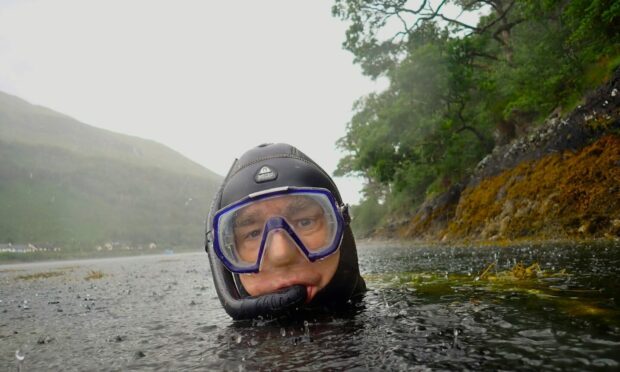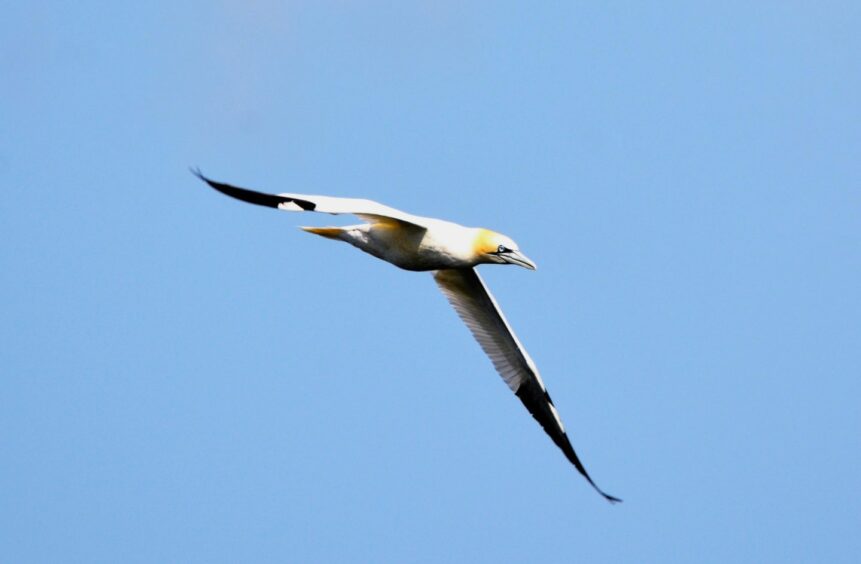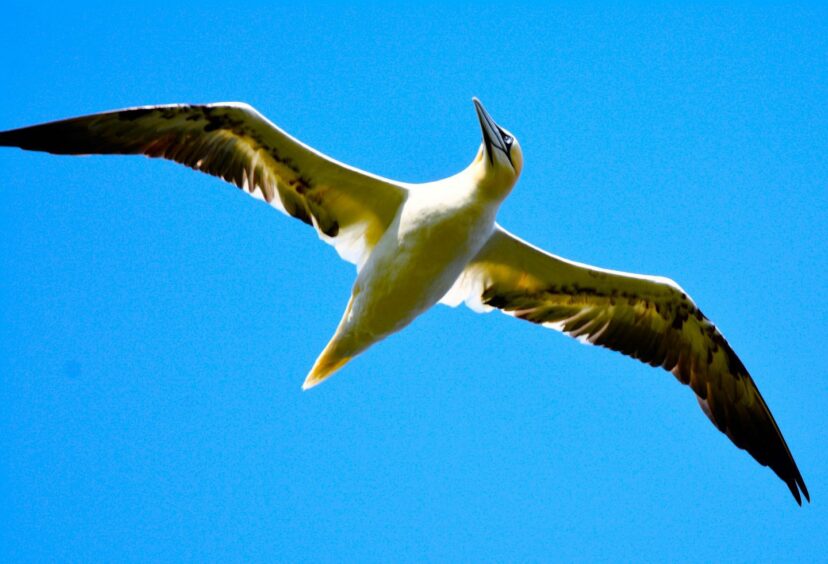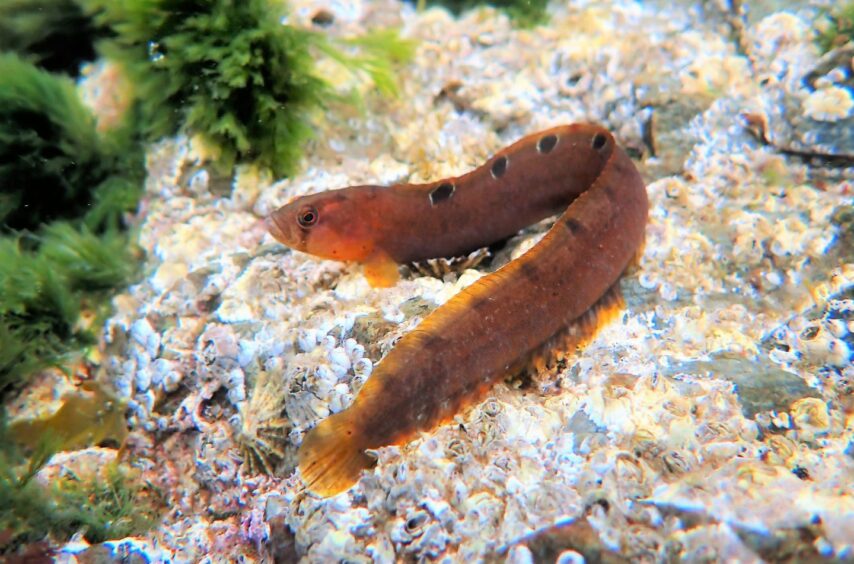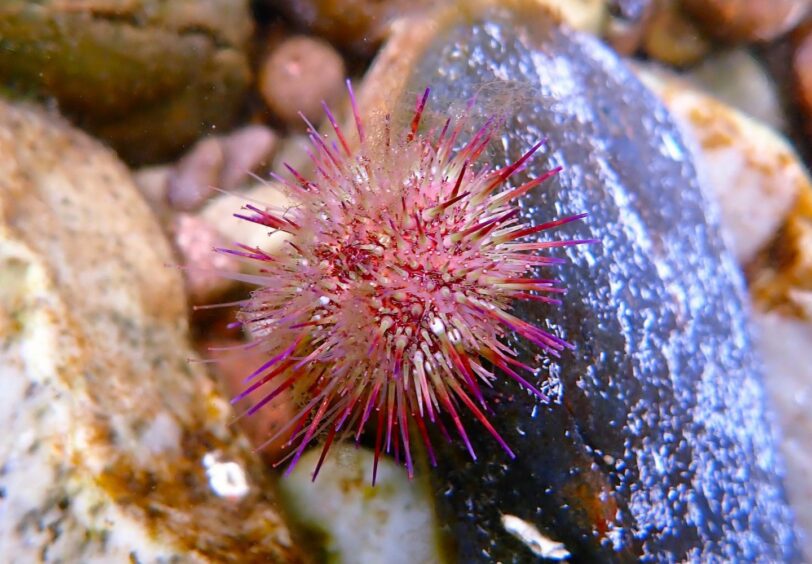Like a pack of sea wolves, this small group of gannets swirled in the sky above Loch Linnhe by Ardsheal in Lochaber, and one-by-one, peeled off in near vertical dives to plunge into the sea, creating white-spumed fountains of spray on impact.
The gannets had pin-pointed a shoal of mackerel and were quick to spring into action. Other gannets nearby saw their diving compatriots and quickly appeared on the scene to join the melee, and like a jungle telegraph, they too hastened the arrival of other birds even further away.
On watching the gannets, my mind went off in a tangent, pondering food chains and the web of life. The reason was entirely prosaic, for earlier that day I had snorkelled along the edge of a nearby rock shelf and encountered a silvery shoal of sandeels.
It was mesmerising to watch their synchronised movements, the fish moving in such tight unison that they acted like one organism, rather than the reality of hundreds of individuals.
The shoal swerved past me and seemed unnerved by my presence, which was hardly surprising, for sandeels are the ‘bread and butter’ of Scottish seas, eaten by a wide range of creatures – including mackerel. And, of course, mackerel are devoured by gannets, which was the catalyst that sparked my musings on the web of life.
Packed full of oil-rich nutrition, sandeels are an ecological keystone of our seas and a vital food source for seabirds such as puffins, kittiwakes and terns.
One can drill down the food chain even further than that, for the sandeels feed upon tiny free-swimming animals (zooplankton) like copepods (a type of crustacean) and fish larvae, which themselves feed on miniscule phytoplankton that are microscopic plants that float in the water column.
Although I could not directly see these minute organisms when snorkelling, the green-tinged water was an indication of the rich plankton soup that enveloped me.
As I drifted over a shallow sweep of sand, I glimpsed several opossum shrimps, which at a few millimetres long are easily discernible to the eye, and which sandeels and many other creatures also prey upon.
Other fish I encountered in Loch Linnhe included corkwing and rock cook wrasse, both of which were abundant over seaweed.
A wonderfully patterned butterfish – an eel-like creature – posed for my camera on a barnacle encrusted rock, before disappearing in an explosive burst of speed.
Butterfish are often found in rockpools and are real slippery characters when caught in the hand, sliding through the fingers with ease due to their slimy, buttery skin.
I also glimpsed numerous green sea urchins – a smaller species than the common sea urchin, and which were adorned with colourful, purple-tipped spines.
I lingered in the water for a while longer in the hope of spotting the sandeels once more, but they had spirited themselves away into the vastness of the ocean to face the onslaught of terns and mackerel – their sacrificial lives giving sustenance to others and underpinning the wonderful biodiversity of our seas.
